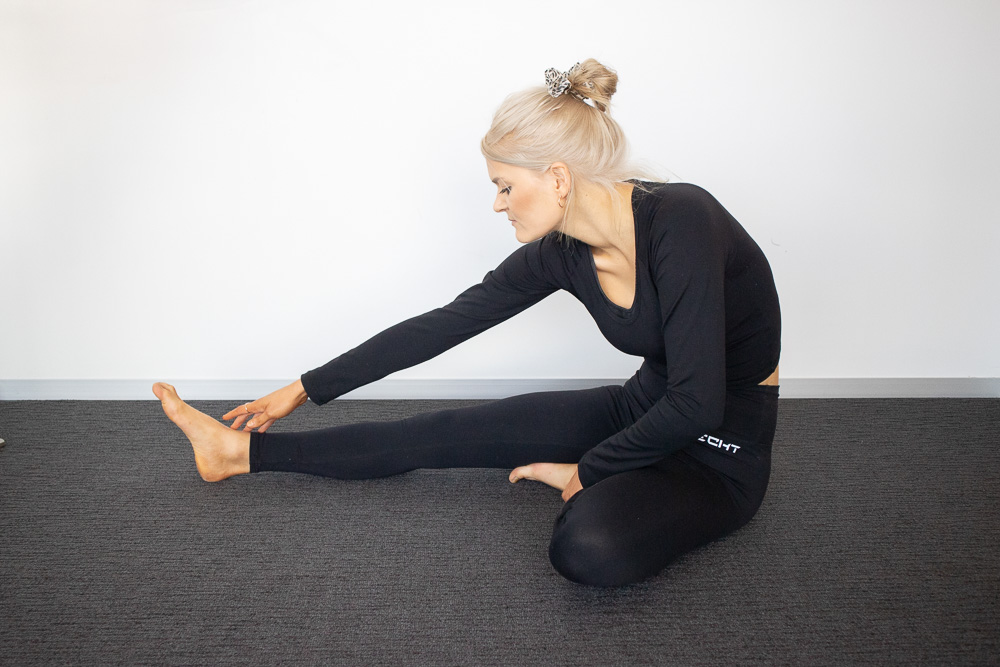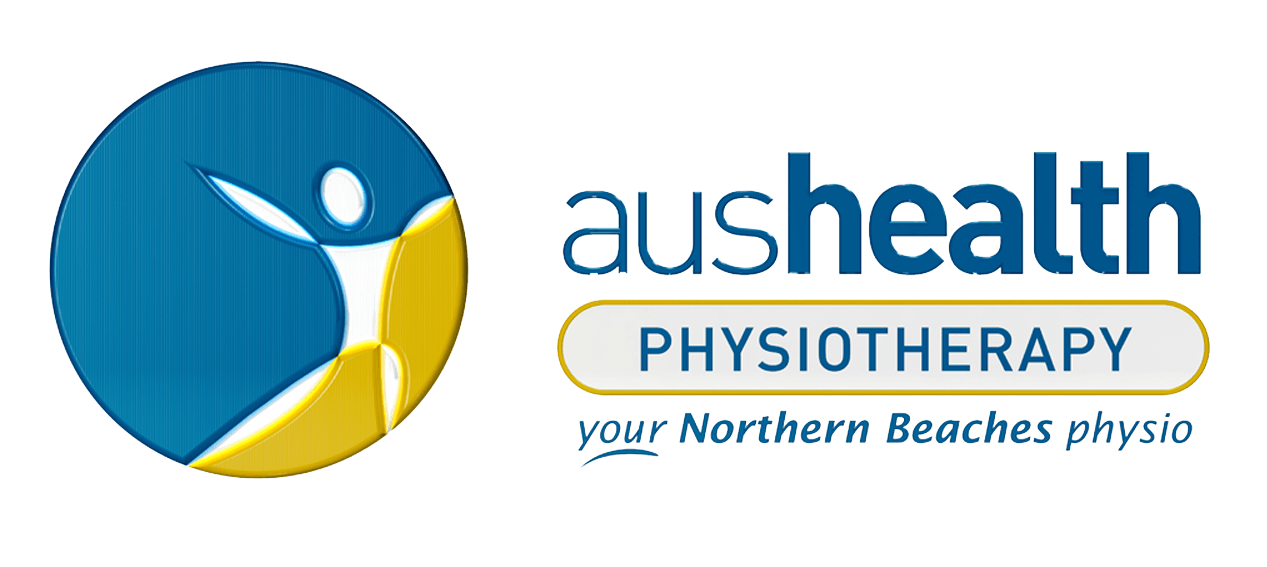

One of the most common things that we hear patients say is that they injured themself because they didn’t stretch properly, or they think they haven’t stretched enough. This may not always be the case.
Let’s start off with what stretching actually does. It is thought to increase muscle length and improve your tolerance to push a stretch further. Effectively, it improves range of motion and flexibility in the short term. There is no evidence to suggest that static stretching (a stretch that you hold for a prolonged period) is effective in improving sport or exercise performance, reducing injury risk or reducing delayed onset muscle soreness (DOMS).
However, where some sports (e.g. ballerina, gymnastics) require high levels of flexibility, stretching is likely to help in instances like this.
Basically, if you have to perform a movement that you can’t or is difficult, prepare by stretching. But for sports such as rugby league, marathon running, you could argue that static stretching serves no purpose as you don’t need to go into any extreme ranges of motion.
Prior to most sports or exercise activities, you are better off completing a warm-up consisting of light exercise, dynamic stretching (stretching where you are completing movements rather than a hold) and higher intensity exercises specific to your sport to possibly reduce injury risk, as well as warm-up muscles. Evidence doesn’t account for each individual, so if static stretching makes you feel better, if you want to be more flexible, or if it reduces your pain, then go for it.
It may be helpful, it can’t hurt to do, but most people don’t need to place so much importance on it.

